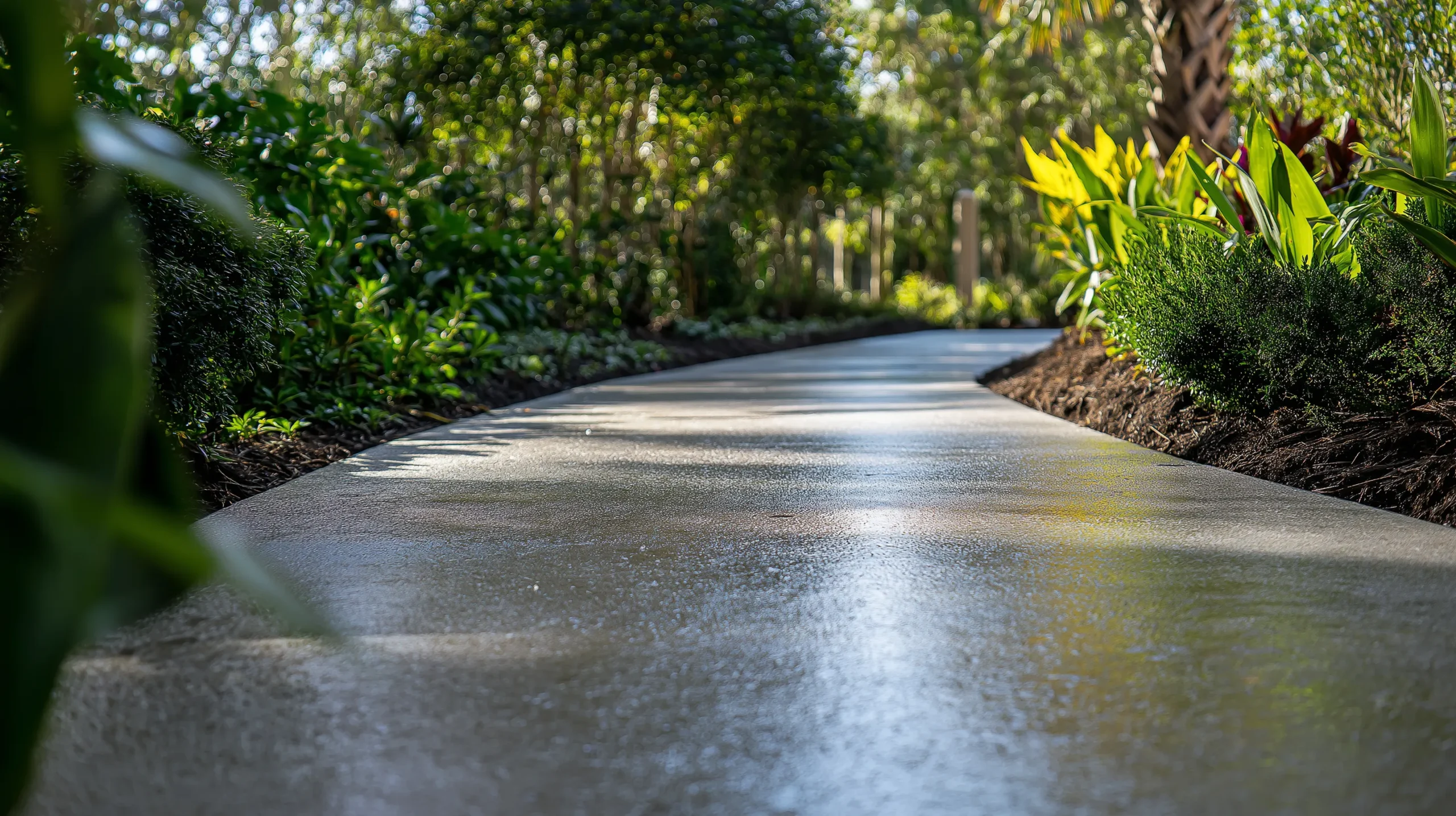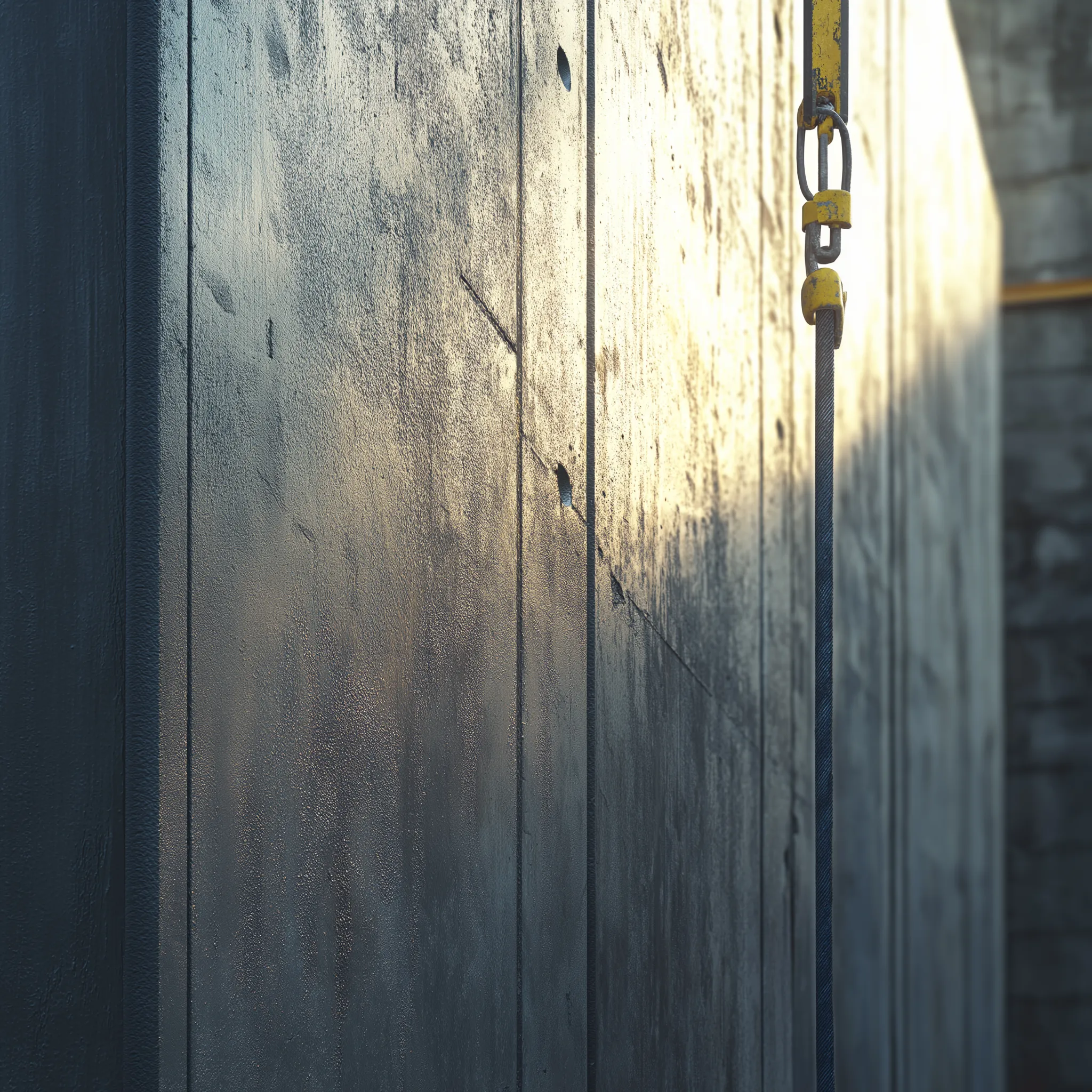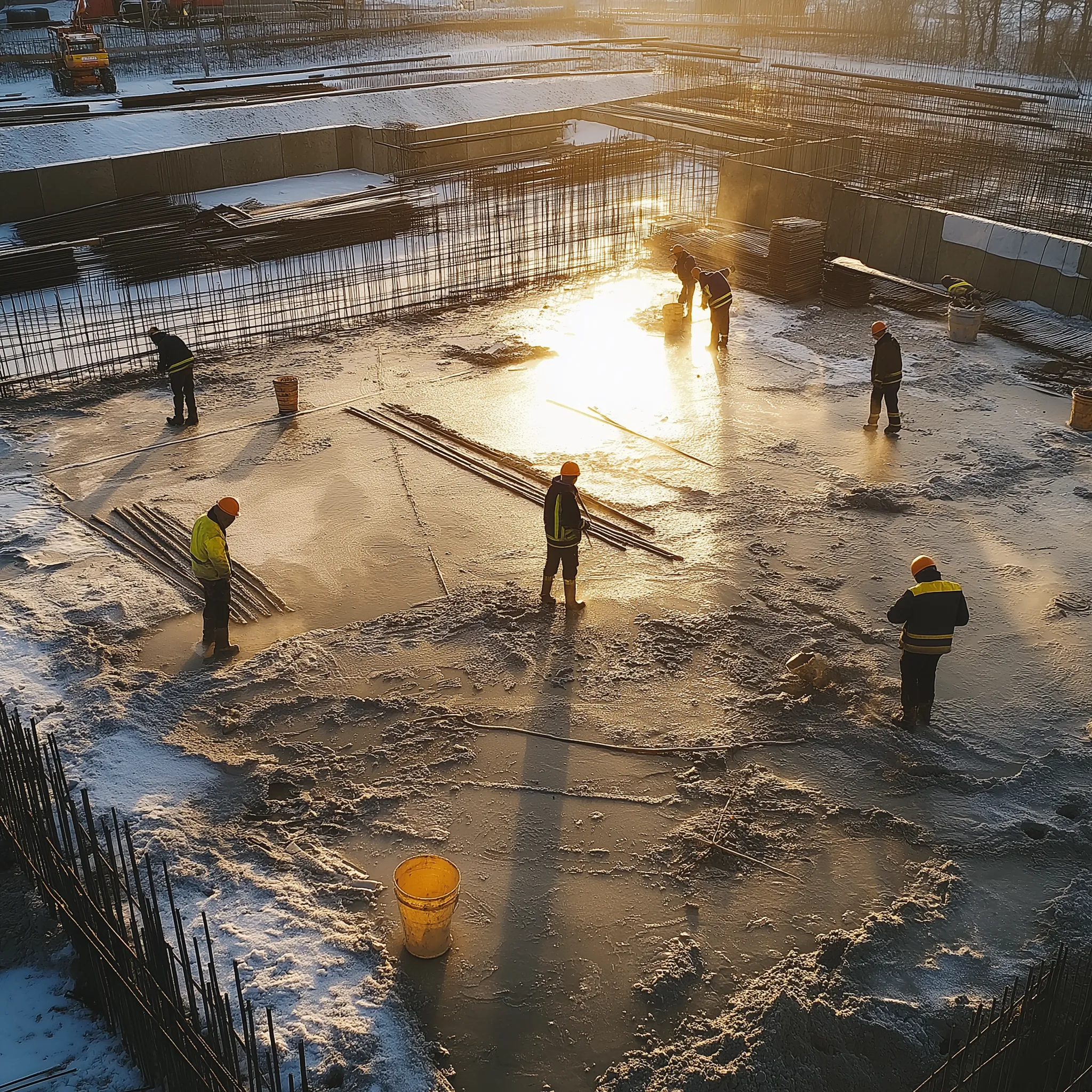As winter approaches, construction professionals can face significant challenges when grouting in cold weather. Lower temperatures can impact setting times and the overall performance of grouts and anchoring cements. At SpecChem, we want to equip you with essential knowledge to ensure your grouting projects succeed during these chilly months. This guide serves as your go-to resource on the ins and outs of cold weather grouting.
Understanding Cold Weather Impact on Grouting
When temperatures fall below 50°F (10°C), grouting becomes more complex. Cold environment considerations include:
- Extended Setting Times: Cooler temperatures can delay the hydration process, leading to longer setting and strength development times.
- Freezing Risks: If grouts freeze before setting, they can lose structural integrity and bonding strength.
- Moisture Sensitivity: Increased humidity during colder months can further affect the curing of grouts.
Best Practices for Grouting in Cold Weather
- Product Selection: Use products specifically formulated for cold weather applications. Our SC Precision Grout HS and SpecPoxy Grout HS are designed to handle colder temperatures effectively.
- Proper Material Storage: Store grout materials between 40°F and 80°F (4°C and 27°C) to maintain optimal performance. Up to 24-48 hours of pre-conditioning may be necessary.
- Temperature Control for Surfaces: Ensure all surfaces in contact with grout are pre-conditioned to a temperature between 35°F and 90°F (2°C and 32°C) for 8-24 hours prior to grouting.
- Warm Mixing Water: When mixing grouts, utilize warm or hot water to enhance flow and reduce the risk of freeze damage. Use the least amount of water necessary for proper placement.
- Heating Precautions: Indirect heating methods are recommended. Avoid blowing heat directly onto newly placed grout or repair mortar. Heated enclosures should be windproof; ensure proper ventilation if using gas-powered heaters.
- Monitor Ambient Conditions: Always check the weather report to anticipate any unexpected changes that could impact your grouting efforts.
- Extended Curing Times: Allow more time for grout to set in colder temperatures. Use our guidelines to determine how long to protect grout from freezing post-application. Generally, prevent freezing until the grout achieves a minimum of 3,000 psi, extending to 4,000 psi in extreme conditions.
SpecChem’s Cold Weather Grouting Solutions
At SpecChem, we pride ourselves on providing a range of products suitable for cold weather applications:
- Por-Rok: Excellent for quick repairs even in cooler weather.
- SC Precision Grout and SC Precision Grout HS: Best for high-precision applications requiring both strength and durability.
- SpecPoxy Grout and SpecPoxy Grout HS: Offers superior chemical resistance and stability in cold conditions.
- UW Grout: Designed for underwater applications, ensuring performance regardless of temperature.
Grouting in cold weather poses challenges, but it doesn’t have to hinder your projects. With the right products and practices, you can ensure strong, reliable grout applications throughout the winter months. Always consult our product data sheets for more specific instructions, and reach out to our team for tailored support.
Need more information or assistance? Explore additional resources on our SpecPros blog or contact our knowledgeable sales team. Let’s keep your projects moving forward, even in the cold!





